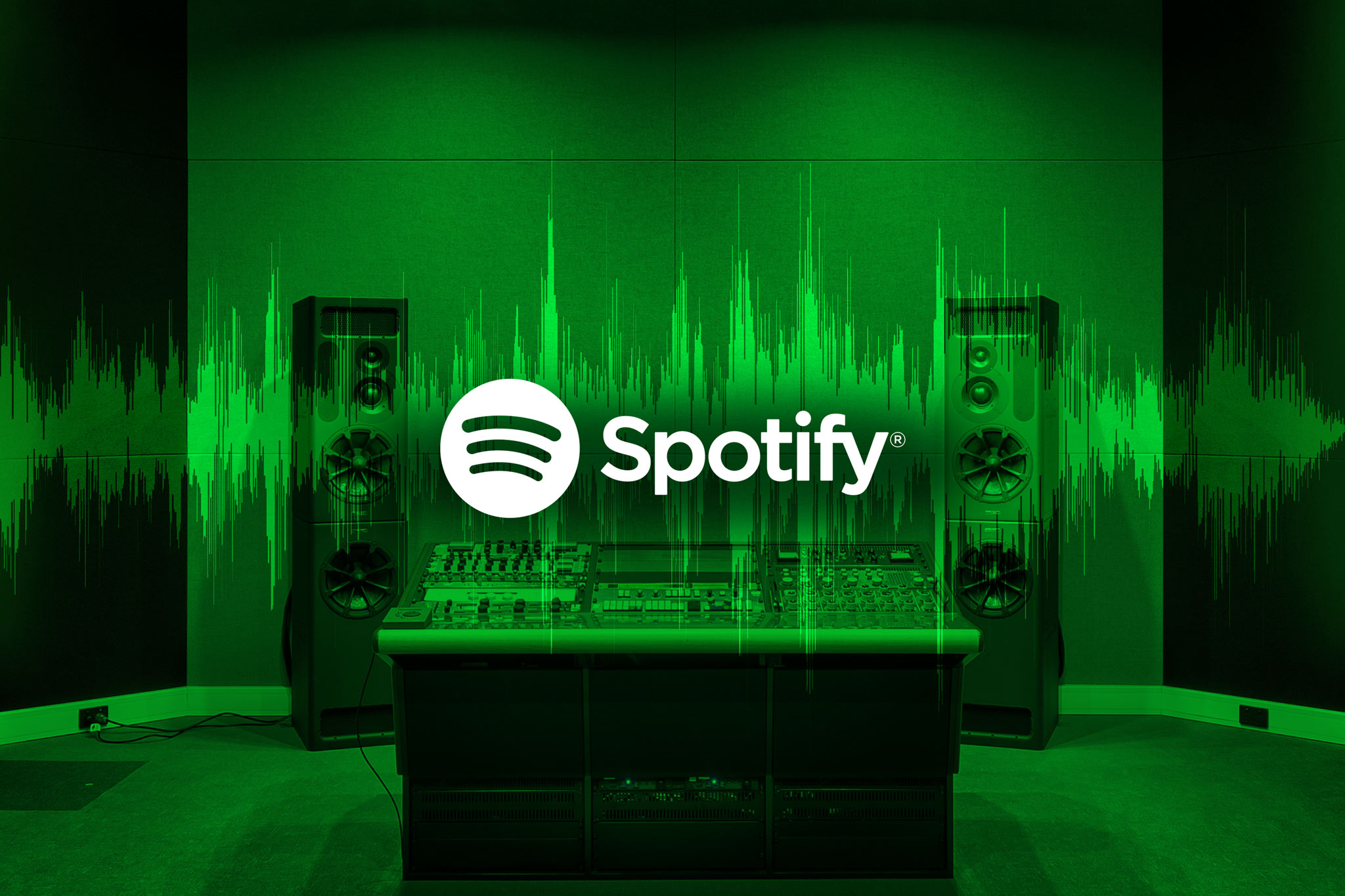By Harvey O’Sullivan
There has been a great deal of discussion about target loudness for streaming services recently, particularly in relation to Spotify. This can be problematic for the mastering process, so let’s break it down from a mastering perspective.
Spotify specifies it ‘volume normalises’ all music on the platform to -14 LUFS (measured by ReplayGain as an approximation of LUFS as specified by ITU 1770), so that users can have a consistent listening experience when jumping between songs on playlists. The function is turned on by default when installing the app. As a result, there’s growing speculation that Spotify-specific masters should be delivered at -14 LUFS.
Generally speaking, current masters in most music genres average around the -10 to -6 LUFS region. If you receive a master at say -9 LUFS, and visit a website like Loudness Penalty, you may worry that your track will be turned down when ingested to Spotify. The issue here is, it’s essentially moot whether Spotify or your mastering engineer turns down your track. However, if you do supply Spotify with a -14 level master, the song will be very quiet for subscribers with loudness normalisation disabled.
Much is made of the loudness wars however I’d argue that with the majority of modern music being made with compression in mind, having an incredibly dynamic master at -14 LUFS will likely sound abnormal by comparison. The most important thing with a master, is that it sounds good within itself.
As an example, take ‘Perfekt Dark’ by Lorn, an electronic artist who uses compression as a sound design technique. Listening to the track on Spotify, with loudness normalisation off, the track has a peak level of -0.1 as we would expect. With loudness normalisation on, the new peak level is -1.8, so the track has been turned down. One might conclude that you could potentially get an extra 1.7dB of range out of the dynamics, however this would require backing off compression/limiting to let peaks through, which may in turn change the tone of texture of the track. The compression is playing a role in keeping the percussion in balance with the synthesizers and bass within the track. If the mastering engineer was mastering to hit a target number instead of using his/her ears to make it sound nice and balanced, the overall mastering would perhaps not be as effective.
Key Takeaways:
- Not everyone uses Spotify loudness normalisation
- It’s a moving target. Spotify uses -14LUFS as it’s target number, but in the past it was -12, and that number may change again in the future. In fact, Spotify already have plans to change the way they measure -14 LUFS
- It’s more important that a master sounds good within itself, than be compromised to hit a number. Let the music dictate how loud and how compressed it should be.
- If your master gets turned down, well that’s OK. If it sounds good at a peak of -0.1 it will sound good if it peaks at -2
